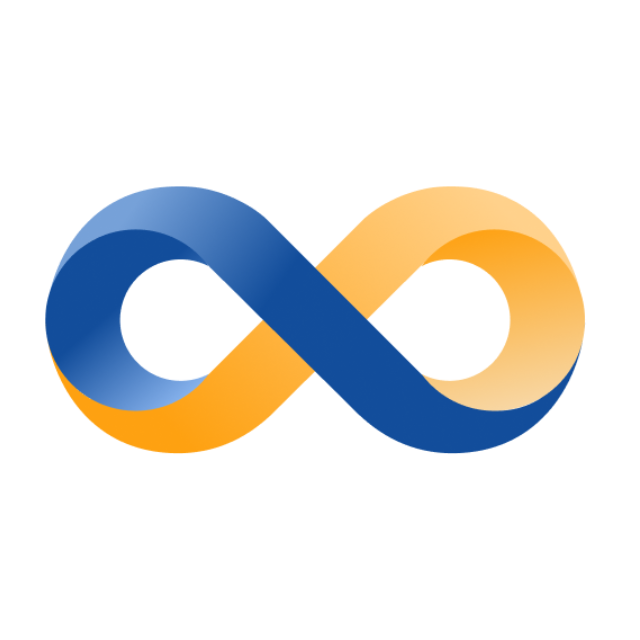Automating Workflows for Secure and Scalable Delivery
A leading name in India’s insurance arena since 2000, they offer comprehensive solutions, including motor, health, home, and travel insurance designed for both individuals and businesses.
The Problem Statement
The organization was facing operational roadblocks like unclear accountability, time-consuming manual work, and outdated release processes. These gaps not only slowed down engineering output but also exposed compliance risks and left leadership without visibility into the true state of delivery health.

Challenges
User Governance Gaps
Inactive users retained Azure DevOps access, creating serious compliance and security risks.
Manual Task Overload
Repetitive activities consumed engineering time, reducing focus on innovation and higher-value work.
Unstructured Task Management
Absence of call desk workflow caused inconsistent assignment, tracking, and accountability across teams.
Code Security Gaps
No static application security testing (SAST) tool was integrated within DevOps pipelines.

Lack of Documentation
No SOPs or knowledge base, leaving teams struggling with routine issue resolution.
Outdated Pipeline Practices
Traditional CI/CD without reusable YAML templates increased inconsistency and maintenance complexity.
Lack of Visibility for Leadership
No centralized dashboard existed for higher management to track DevOps health, user management, and pipeline activities.
Weak Security Policies
No MFA enforcement or restrictions on PATs left systems exposed to vulnerabilities.
Solutions

Automated User Management
Python scripts identified and revoked inactive accounts, strengthening access governance and compliance.
Task Automation
Repetitive manual tasks were automated, improving efficiency and freeing engineering capacity.
Call Desk Implementation
Structured workflow introduced for task assignment, tracking progress, and ensuring accountability.
Standard Documentation
Comprehensive SOPs and knowledge base established, streamlining onboarding and routine issue resolution.
Pipeline Modernization
Reusable YAML templates standardized CI/CD pipelines, enhancing consistency, scalability, and maintainability.
SAST Integration
Fortify embedded into pipelines enabled early detection of vulnerabilities and improved code security.
Policy Enforcement
Organization-wide controls restricted PAT and organization creation, with MFA made mandatory.
Centralized Dashboard
Azure DevOps dashboard provided leadership real-time visibility into user management and pipeline health.
Outcomes
→
More than 150 inactive accounts were revoked, significantly reducing access-related vulnerabilities.
→
12-15% cost saved through automation and streamlined processes, directly reducing operational overhead.
→
60–70% improvement in controlled security measures across the platform.
→
Achieved 80% automation for previously manual workflows, cutting down manual interventions and boosting efficiency.
→
SOPs and YAML templates established consistent, reliable, and repeatable DevOps processes.
→
80% increase in tracking capabilities through Python-based automation, giving leadership real-time DevOps health insights.




